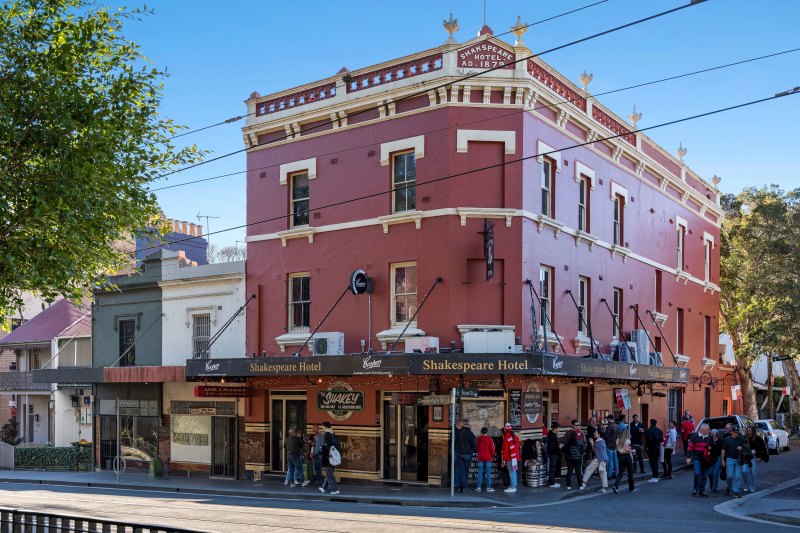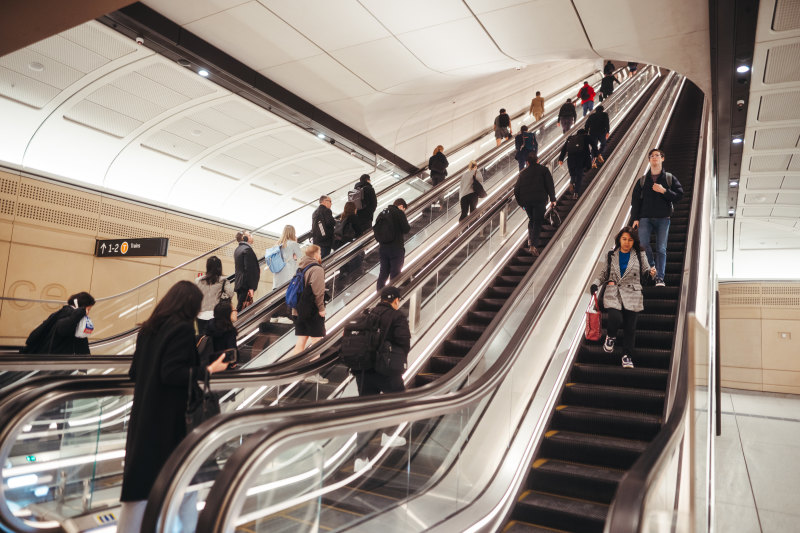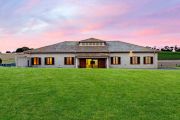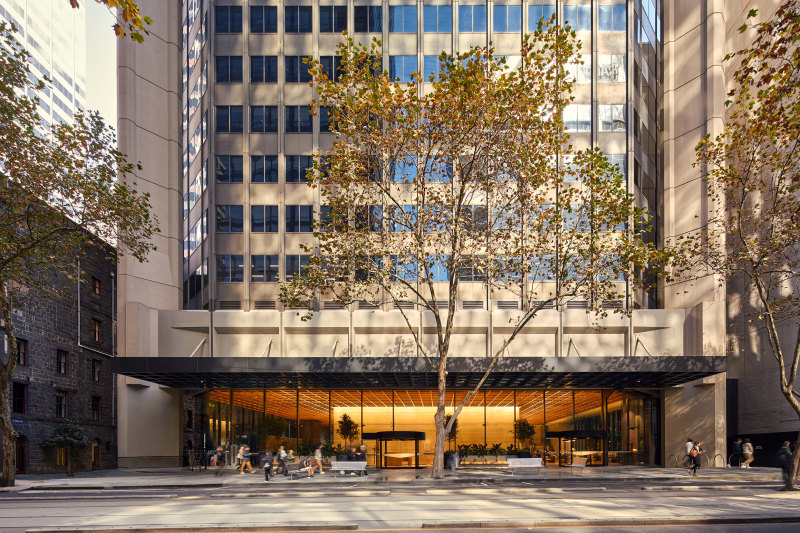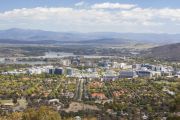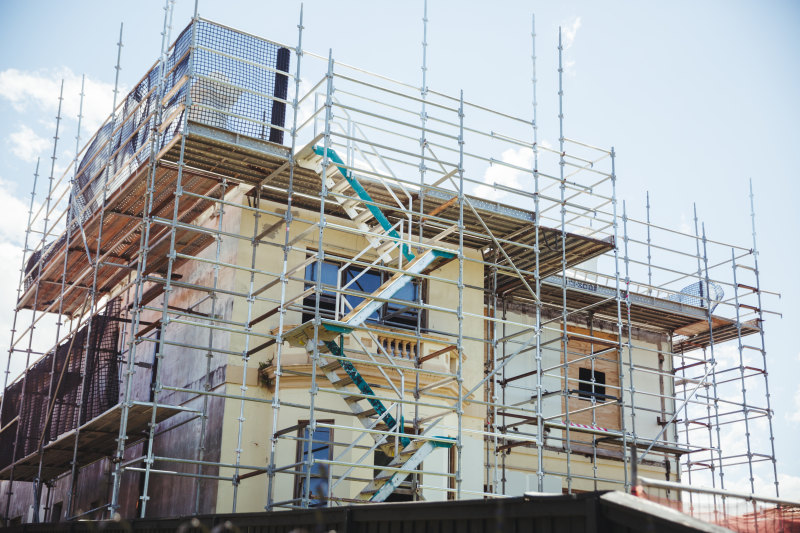
Home building goes backwards as infrastructure booms
Housing construction went backwards in both the June quarter and the financial year, and engineering construction leapt 10 per cent year on year, powered by the infrastructure boom that is sucking resources out of other sectors of the building economy.
Official figures published on Wednesday showed the value of residential construction slipped 0.1 per cent in the three months to June, making it the third straight quarter of decline and clipping the yearly total to $80.2 billion, down 0.4 per cent from last year.
The value of engineering construction gained 0.5 per cent quarter on quarter, pushing the yearly total to June up 10.4 per cent to $123.9 billion, the Australian Bureau of Statistics figures show.
The numbers disappointed economists who had been hoping for a pick-up on the residential side, and reflect the continuing strength of publicly funded infrastructure projects, which private developers say are drawing in resources and workers, and pushing up costs. This, in turn, is making it harder for commercial projects to get off the ground.
“We have expected a catch-up in residential construction after earlier delays for some time, but today’s number didn’t deliver on that,” J.P. Morgan economist Jack Stinson said.
Oxford Economics Australia economist Michael Dyer said the country’s persistent shortage of skilled workers – which has prompted calls to speed up the import of foreign tradespeople – would limit the pace of housing construction.
“Trade labour shortages remain a key concern and will likely place a speed limit on activity near term,” Mr Dyer said.
“Meanwhile, the rollover onto new projects is being slowed by bottlenecks at the fitout stage and issues with utility connections across the major cities are also dragging.”
Mr Dyer said the trough in new housing work had passed, as new housing approvals – an indicator of future work – were up nationally 10 per cent year on year.
Fingers crossed
Developers hope that’s the case too. ASX-listed AVJennings, which on Wednesday said its revenue rose 10.6 per cent as costs jumped 26 per cent and took a $17.8 million hit after writing off a project, said net profit after tax slumped to just $1 million from $24 million a year earlier.
The Melbourne-based company, which offers house-and-land packages in greenfield estates, said there were signs of improvement in some regions.
“South East Queensland is expected to continue to be the company’s strongest market in the near term,” AVJennings said.
“Other regions, especially Victoria and New Zealand remain challenging. Looking ahead, the next 12 months will be highly impacted by expectations for, or changes in, interest rates which is highly correlated to purchaser confidence.”
But even if the house-and-land market had passed its worst, the outlook for apartments – which occupy less land and offer much-needed density in housing – was still unclear, Mr Dyer said.
“There are still question marks as to when the apartment trough will be hit,” he said.
CBA economist Harry Ottley said the decline in residential construction in the June quarter would be a drag on the quarterly GDP figures due to be published on Wednesday next week.
“Dwelling investment is forecast to come in flat when the national accounts are released,” Mr Ottley said.


